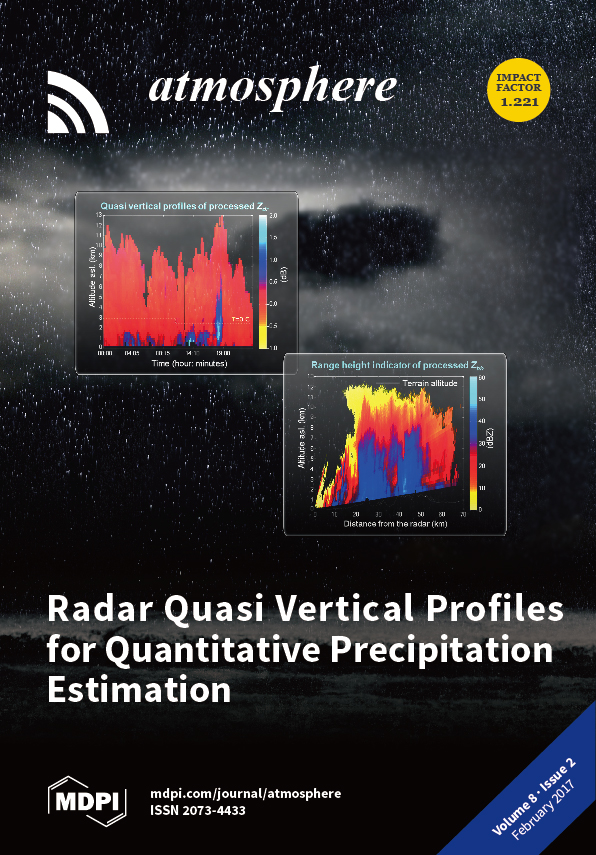Tropospheric levels of O
3 have historically exceeded the official annual Mexican standards within the Monterrey Metropolitan Area (MMA) in NE Mexico. High-frequency and high-precision measurements of tropospheric O
3, NO
y, NO
2, NO, CO, SO
2, PM
10 and PM
2.5 were made at the Obispado monitoring site near the downtown MMA from September 2012 to August 2013. The seasonal cycles of O
3 and NO
y are driven by changes in meteorology and to a lesser extent by variations in primary emissions. The NO
y levels were positively correlated with O
3 precursors and inversely correlated with O
3 and wind speed. Recorded data were used to assess the O
3-Volatile Organic Compounds (VOC)-NO
x system’s sensitivity through an observational-based approach. The photochemical indicator O
3/NO
y was derived from measured data during the enhanced O
3 production period (12:00–18:00 Central Daylight Time (CDT), GMT-0500). The O
3/NO
y ratios calculated for this time period showed that the O
3 production within the MMA is VOC sensitive. A box model simulation of production rates of HNO
3 (
PHNO3) and total peroxides (
Pperox) carried out for O
3 episodes in fall and spring confirmed the VOC sensitivity within the MMA environment. No significant differences were observed in O
3/NO
y from weekdays to weekends or for
PHNO3/
Pperox ratios, confirming the limiting role of VOCs in O
3 production within the MMA. The ratified photochemical regime observed may allow the environmental authorities to revise and verify the current policies for air quality control within the MMA.
Full article





